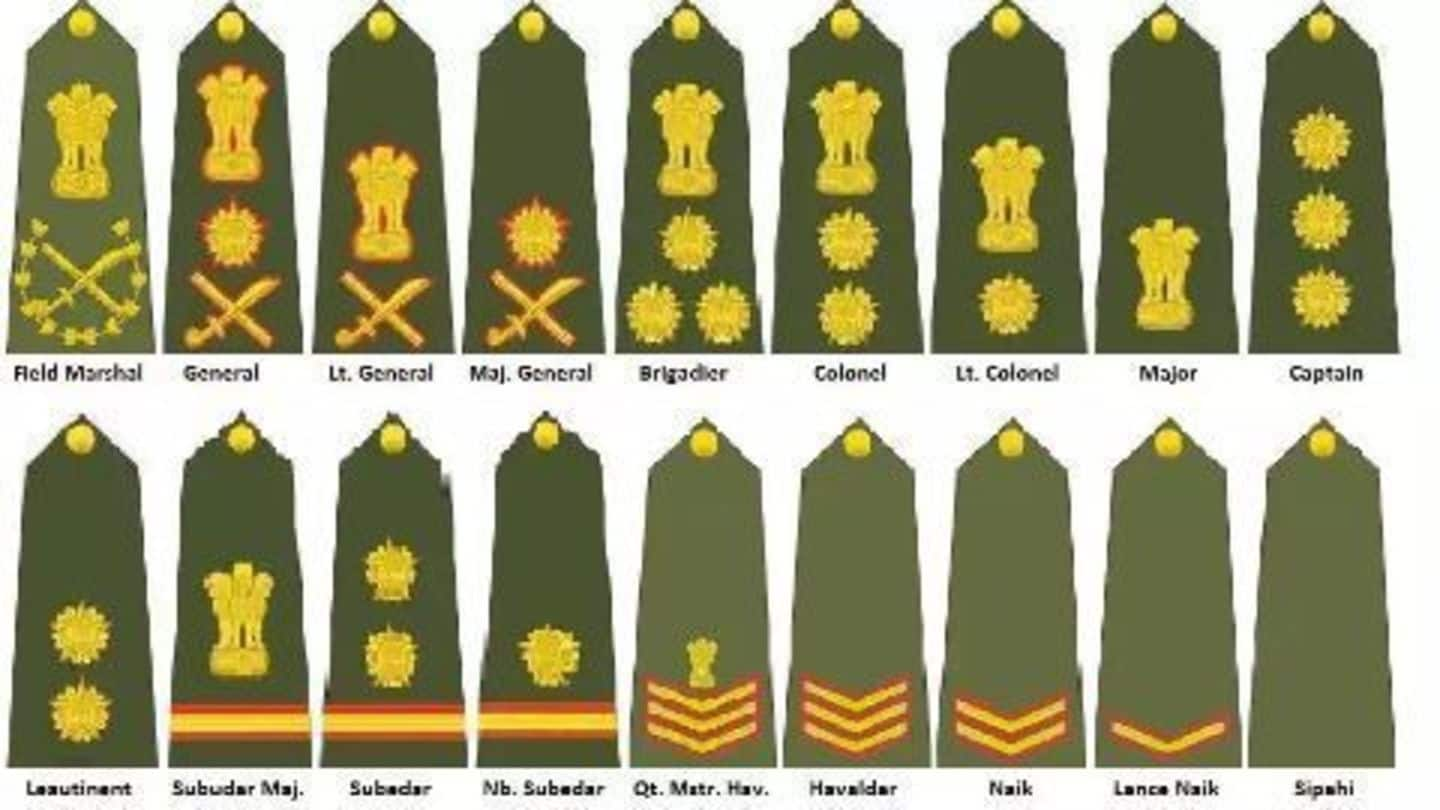
Younger officers to take charge of combat operations
What's the story
The Supreme Court upheld the "Command and Exit" policy for the promotion of officers in the army. The army had introduced the "Command and Exit" policy in 2009, which was struck down by the Armed Forces Tribunal. The SC ruling will pave the way for reducing the average age of Indian Colonels which stands at 41 years presently, as against 37 years for Pakistan/China.
2009
What is the 'Command and Exit' policy?
The Army Headquarters in 2009 had adopted the Command and Exit policy, under which officers of the rank of Colonel and above in the infantry and artillery wings of the army were given preference in promotion. It was introduced to reduce the average age of colonels and brigade commanders and to bring greater operational efficiency. This was done on the Kargil Review Committee's recommendation.
2009
Army's proposed promotion policy challenged
A group of 200 serving and retired army officers had challenged the army's "Command and Exit" policy. The policy provided greater vacancies to the artillery and infantry wings of the army; thus, stunting opportunities for officers from other wings. The promotion policy of officers of the rank of Colonel, Brigadier, Major General and Lieutenant General was questioned as violative of the right to equality.
Information
'Command and exit' policy creating bias
According to an estimate, because of the command and exit policy 3 in 5 Lieutenant Colonels can become Colonels in the infantry as against less than 3 in 10 in other wings.
Mar 2015
Army tribunal quashes 'Command and Exit' policy
The Armed Forces Tribunal (AFT) or the internal court of the army had declared the "Command and Exit" policy as invalid. The AFT accepted the arguments of the group challenging the discriminatory nature of the policy and its violations of right to equality provided under Article 14 of the Indian Constitution. However, the government filed an appeal in the Supreme Court.
14 Apr 2015
Promotion policy dispute steps into social media
The divide over the command and exit policy of the army spilled over to social media. The 2 groups- one supporting the policy, mainly comprised of infantry and artillery units, and another opposing the policy were engaged in a war of words through messaging apps. This bitterness and distrust among the armed personnel risked spilling over into the field where cooperation is a must.
18 Sep 2015
Army's response sought on batch parity promotion
The Supreme Court asked the Indian Army to clarify its batch parity promotion policy in different wings - combat, support and services. The Apex Court was hearing a petition filed by the government against the AFTs' annulling of the "Command and Exit" policy. The opponents of the policy had submitted that in the recent promotions 14 out of 16 Lieutenant Generals were from infantry.
Personal
Additional vacancies to address grievances
The Supreme Court has however, asked the government to create 141 additional vacancies for the promotion of combat support units to address the grievances of the non-infantry and non-artillery wing.